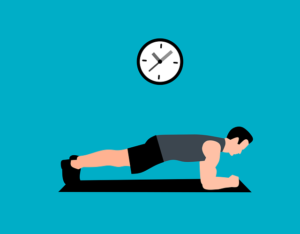 Having an eating disorder is like carrying the devil on your shoulder, who forces you to think about food around-the-clock and then guilt-trips you into feeling awful when you grab a bite to eat. People living with eating disorders develop an unhealthy relationship with food; they get obsessed and consequently feel rattled whenever there is food readily available.
Having an eating disorder is like carrying the devil on your shoulder, who forces you to think about food around-the-clock and then guilt-trips you into feeling awful when you grab a bite to eat. People living with eating disorders develop an unhealthy relationship with food; they get obsessed and consequently feel rattled whenever there is food readily available.
So, for most people in this category, the best escape becomes avoidance. They start avoiding food and discussions about food, but ironically they can only think about only one thing – food. This ultimately leads to a vicious cycle of starvation and binge eating.
In order to regain control over their thought process, people with an ED distract themselves and try to stay away from stressful situations that can trigger their disordered eating behavior. Doing that is not easy as it sounds, but during a pandemic, staying on track in your fight against ED becomes exceptionally challenging. And that’s precisely what these patients have been experiencing ever since COVID-19 took over our lives.
The Pandemic, the Resulting Stress and Disordered Eating
The coronavirus outbreak has been exceedingly stressful and continues to be even more distressing due to the overriding uncertainty regarding the future. Nobody knows when the pandemic will end, if at all, and how long till a cure is concocted (see latest vaccine news here), and this suspense has almost everyone agitated.
But for people with mental health disorders, all this suspenseful stress has led to much graver consequences, such as aggravated symptoms since there are food scarcity scares, panic buying and the quarantine 15. Let’s go over some of the factors that are contributing to exacerbated ED symptoms.
Contributors of Worsened ED Symptoms in the Pandemic
The Corona-Anxiety
For some, corona-anxiety is the restlessness that comes from not knowing what the future holds coupled with the fear of getting the virus; for others, it’s a combination of general anxiety and individual struggles, such as increased disordered eating behavior.
Food Scarcity Scares and Panic Buying

Ever since the pandemic started, there have been speculations about a possible food shortage and subsequently prompted people to panic-buy and stockpiling groceries. The ever-running cycle of hoarding has been nothing but tough for people with Eating Disorders.
They are forced to think about a time without eatables, so they panic by purchasing food but then when they are in the supermarket, it triggers unhealthy binge-eating patterns.
The Pandemic Fifteen
Staying home most of the time means increased exposure to social media and its triggering content, making life for people with eating disorders a living hell. And the concept of pandemic fifteen is a result of the harmful, stereotypical body-shaming ideas that the media puts out.
Essentially, it’s a rather bleak take on “freshman fifteen,” which refers to the weight (15 lbs.) a freshman in college puts on during their first year. People are now using that term with regard to the pandemic by calling it the pandemic fifteen or quarantine 15, referring to the most likely chance of weight gain during this global crisis.
Social Distancing and Restrictions
For many ED patients, social restrictions have added fuel to the fire as they cannot have regular sessions with their therapist or meet with friends and family for support. The lack of social interaction means people with eating disorders are left alone with their thoughts that can overwhelm them and an abundance of food in the pantry, setting the perfect storm for eating disorders to go rampant.
If you struggle with disordered eating, you should consider the following tips to take control back from your illness.
How to Cope with Eating Disorders during the Pandemic?
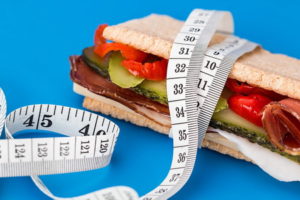
Recovery can be different for different people. For some, not eating another piece of chocolate during a binge-eating session may be a step towards recovery, while for others, it could be not working out when all they want to do is over exercise.
So while everyone has their individual battles to fight, some universal measures can help people with EDs stay in control of their illness during the pandemic.
Seek Help
Seeking professional help may seem like a tall order due to all the restrictions in place, but you can do that virtually. Go online, and look up counselors and experts who can help you stay on the path to recovery.

You can (and should) ask your present therapist (if you have one) if they can connect with you through a video calling software so that you can keep up with your sessions. You should also inquire if there’s an expert close to your area who would give in-person private sessions.
Regardless of which route you choose to get help for your eating disorder, you must look for resources to guide you through this difficult time.
Chalk Out an Eating Routine
To avoid binge eating and then compensating for that, you should consider setting up a daily eating routine. But that doesn’t mean you start practicing restrictive dieting; that’s not what we meant.
When we say an eating routine, we mean to set a time to have your meals every day so that you don’t go without eating for long durations and end up overstuffing. But don’t get too strict with the regime. If some days you eat out of your scheduler, don’t beat yourself up or resort to compensatory measures such as starving the next day or over-exercising.
Join an Online Support Group
Living in the era of technology has its perks, and the biggest of them is being able to connect with people online. Use the internet to get in touch with other ED patients so that you have people to share your struggles with.
Joining a digital ED community will also help you stay on track with your recovery and reduce the chance of relapse.
The National Eating Disorders Association (NEDA) has an extensive array of online forums, virtual support groups, online peer communities, recovery mentors, and live meal support to help ED patients for free or at a low cost. Engage with any of the NEDA platforms to keep your disordered eating patterns in check.
Ending Note
We understand that it’s easier said than done, but try to love yourself and look at food as fuel for the body and not a reward or punishment. What you see on social media is not necessarily true, so stop comparing yourself with others.
Remember that you are living through a pandemic. Focus on being alive and happy instead of how you should look because that’s the societal standard of beauty.


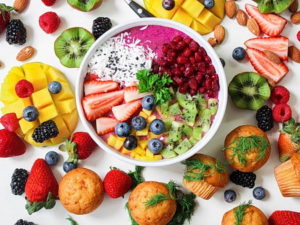

 While preparing and cooking food, you should
While preparing and cooking food, you should 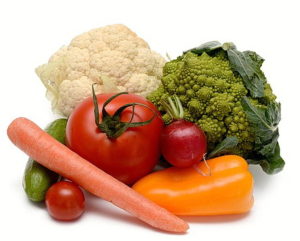
 At the end of the day, you have to remember that foods aren’t the only thing that will keep you safe. While the items mentioned here are considered the best nutrients and vitamins to take, especially during this pandemic,
At the end of the day, you have to remember that foods aren’t the only thing that will keep you safe. While the items mentioned here are considered the best nutrients and vitamins to take, especially during this pandemic, 


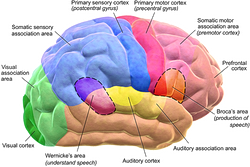

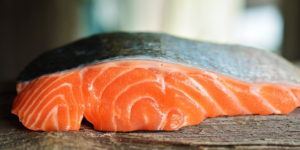
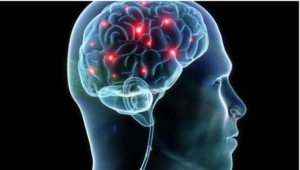
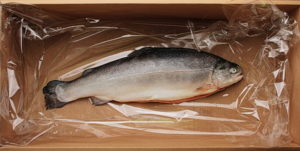 Many people underestimate the significance of foods that uplift the mood. A good demeanor is not just a fleeting mental phenomenon. By keeping your mood good, you can mitigate the effects of chronic stress. Mood also helps alleviate the symptoms of depression and anxiety. In short, how your mood fares affect your mental health and consequently dictates the quality of your life.
Many people underestimate the significance of foods that uplift the mood. A good demeanor is not just a fleeting mental phenomenon. By keeping your mood good, you can mitigate the effects of chronic stress. Mood also helps alleviate the symptoms of depression and anxiety. In short, how your mood fares affect your mental health and consequently dictates the quality of your life. 
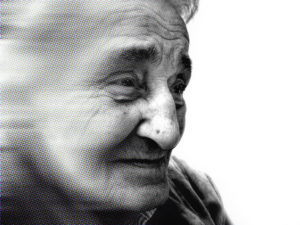 For many years,
For many years, 



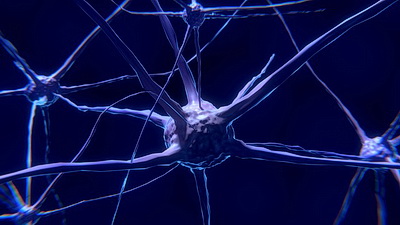

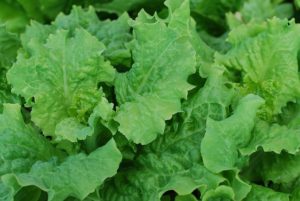
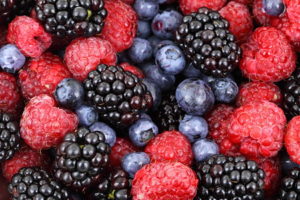 Strawberries, blueberries, and raspberries look and taste good. But more importantly, their regular use also results in lowering high blood pressure. As per research studies, the pigment (
Strawberries, blueberries, and raspberries look and taste good. But more importantly, their regular use also results in lowering high blood pressure. As per research studies, the pigment (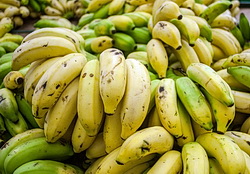

 By making little adjustments in your daily commute to the office, work or college, you can add an easy calorie-burning routine to your schedule. For instance, if your work destination is nearby your home and local traffic laws allow the bike ride on the roads then consider yourself lucky because an hour of biking with moderate speed can burn more than 500 calories!
By making little adjustments in your daily commute to the office, work or college, you can add an easy calorie-burning routine to your schedule. For instance, if your work destination is nearby your home and local traffic laws allow the bike ride on the roads then consider yourself lucky because an hour of biking with moderate speed can burn more than 500 calories!  Having a pet in the house can be great for your mood. It also helps in creating an amiable environment in the house.
Having a pet in the house can be great for your mood. It also helps in creating an amiable environment in the house. 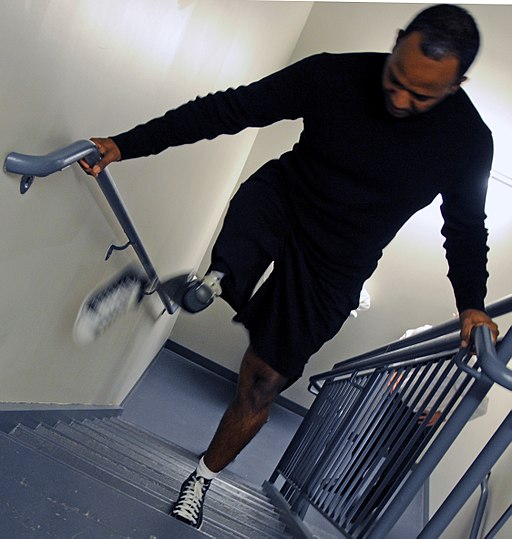
 If your home has an outdoor space, then you can also put it to use to burn some more calories. Set up a small garden there and take up all its maintenance and sprucing activities on your own. While providing you with a great environmental friendly hobby, light gardening activity (watering, weed removal etc) for half an hour can help you in burning more than 100 calories. You can also grow some seasonal vegetables to save some bucks on your grocery shopping.
If your home has an outdoor space, then you can also put it to use to burn some more calories. Set up a small garden there and take up all its maintenance and sprucing activities on your own. While providing you with a great environmental friendly hobby, light gardening activity (watering, weed removal etc) for half an hour can help you in burning more than 100 calories. You can also grow some seasonal vegetables to save some bucks on your grocery shopping. While sitting at your desk at work, you don’t need to walk for more than a few seconds throughout your shift. You can make a simple amendment in this stagnant activity to add more of a whole body movement in your working hours.
While sitting at your desk at work, you don’t need to walk for more than a few seconds throughout your shift. You can make a simple amendment in this stagnant activity to add more of a whole body movement in your working hours.


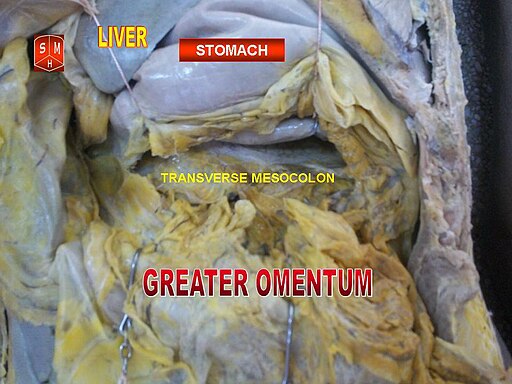
 Fitness should never be taken for granted. People are inclined to follow the latest fad in hopes of shedding a few pounds. However, if they do not make wholesale changes, they are likely to gain weight again.
Fitness should never be taken for granted. People are inclined to follow the latest fad in hopes of shedding a few pounds. However, if they do not make wholesale changes, they are likely to gain weight again.


